Laurence Dickie was the man behind the B&W Nautilus with it’s instantly recognisable design. Janine Elliot takes a look at the Vivid B Decade loudspeakers retailing at £18500 also designed by Dickie.
One of the most important speakers of all time was the distinctive B&W Nautilus. Where almost everything before was a square box, Laurence Dickie and the team at B&W looked at speakers from the ground up, with form following function in order to create the nearest to a perfect speaker with the lowest distortion. The end result, after five years development, was the distinctive snail-shaped Nautilus structure.
Much of what was learnt in creating the iconic Helix Aspersa was passed down to later B&W 800 series loudspeakers, such as rear mounted drivers so that the speakers are disjoined from the front baffle, something I cited in the revised “a” BBC LS3/5, though this time there are no screws at the front. Also passed down from the Nautilus are the tapered rear ends of the tweeter. What became clear when designing drivers was that as well as general worries over resonance and reflections from the drivers, cabinet resonances now needed to be dealt with as well and tapering the rear of the tweeter is a way of absorbing the rear sound emissions. Originally B&W came up with the idea of just a long tube filled with a fibrous filling, but the length would need to be really long, around 10 times the diameter of the driver, so the next thing was to taper it down, meaning it could be a third of the length – hence that famous external tweeter housing appearing in B&W Nautilus and 800 series. Think of a horn made of paper; if you shout through the small end the sound is amplified at the other, but if you reverse the cone…well you get the idea. This reverse horn philosophy has now been adopted in both the tweeter and midrange units in Vivid loudspeakers.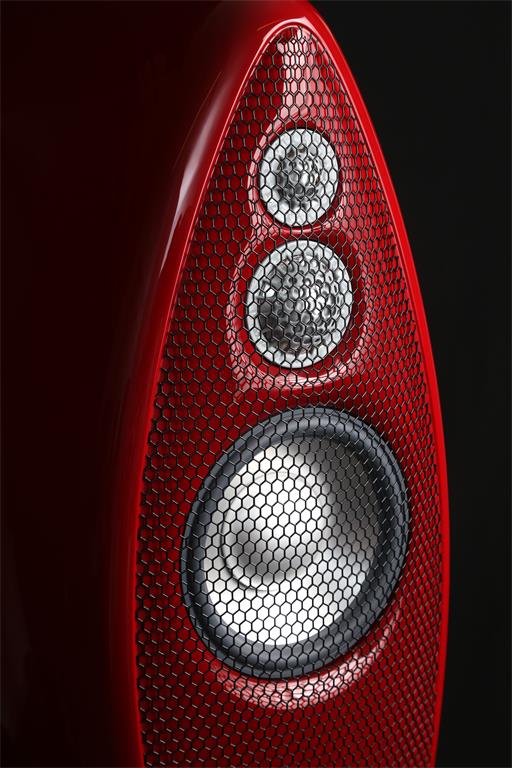
Laurence Dickie might have left B&W with an award winning monster, but he has for more than twenty years been evolving and refining the Nautilus at his own company, Vivid Audio. The top of the range Giya series has the tapered rear-ends of the tweeter and midrange speaker positioned either inside the shaped cabinet, or as in the G3 and G4 an art-form protruding into the beautiful circular design, the speakers looking like giant earring.
Vivid use aluminium rather than Kevlar diaphragms, and neodymium magnet powered drivers rather than the ceramic magnets in the Nautilus. As well as Dickie there are two other major players at Vivid; Robert Trunz, a majority shareholder in B&W until 1996, and Philip Guttentag, who was born in Johannesburg, South Africa, and who met Dickie whilst in Durban, joining the other two players in a venture making loudspeakers. Vivid Audio is often thought of as a South African company (indeed, their top model the ‘Giya’ means a type of Zulu dance), but whilst ideas and personnel (Trunz & Guttentag) and manufacturing is based in Durban, it is actually a British company with the base in West Sussex, where you’ll find Ray Rowles (himself an ex stalwart of B&W) who works on UK sales, and more often than not, Laurence himself. Delivering the two speakers in coffin sized boxes for my review was Ray and the enthusiastic Arif Huseyin representing Vivid Audio in the UK, with his background at KJ West One, Audio Lounge and Devialet.
Dickie has a lot in common with me; both born in the same year, and both took an interest in taking things apart to see how they work at a very young age. I remember being thrown across the room playing with the HT unit in an old valve TV. That scared me off for a while. Whilst he built his first loudspeaker driver at the age of 10 and his loudspeaker enclosure at 11 I didn’t try loudspeaker cabinets until woodwork lessons in Year 7. He went on to great things, working at a Nottingham company to work in electronics design making, including amongst other things, turntable drive system. In 1984 he joined B&W, taken on to develop MOSFET based active speakers and contributing to the lattice structure “Matrix” system inside the speakers which support and strengthen the interior, including damping of sound inside the structure. He went on to work on professional B&W products, but when boss Robert Trunz left and he was requested to move back to domestic hifi, he decided to quit, first setting up Blast Loudspeakers Ltd, developing the D26, D50 and C125 drivers that would then appear in Vivid Audio, a company he later set up in 2004.
FIT, FINISH AND TECHNOLOGY
The Zulu shield-shaped B1, part of the “oval range”, was the first speaker marketed by the company. The B1 Decade, being reviewed here, is a 10 year anniversary celebration of the company and an overhaul of their first product. This model might be related to the original B1, but it isn’t just a Mk2 version. There are very many differences. A three-and-a-half way loudspeaker, it retained largely the main cabinet shape, but with some changes to the original. For example, the front and rear baffles of the B1 Decade are now slightly convex allowing for better diffraction, with the drivers themselves now slightly recessed in the front and rear baffles. The lower-midrange and woofer drivers are different, with differently shaped ports, and also a revised crossover. There is a port front and back, meaning you can see right through the unit, just as in the original B1. Looking like something out of a science fiction movie, the upper half of the loudspeaker is now made of a vacuum infused mixture of glass fibre reinforced resin sandwich with a balsa core (as used for the top-end GIYA series), rather than the mineral resin filled composite, which was in the original B1 and now the choice for the lower (stand) half of the Decade. The point at which the two halves join is brilliantly disguised. The choice for the composite material is because it has a high resonant frequency, meaning cabinet resonances are even less likely to be heard. The bi-wireable binding posts are at the bass of the unit, meaning unsightly wires can be kept out of sight, and out of the teeth of my cat.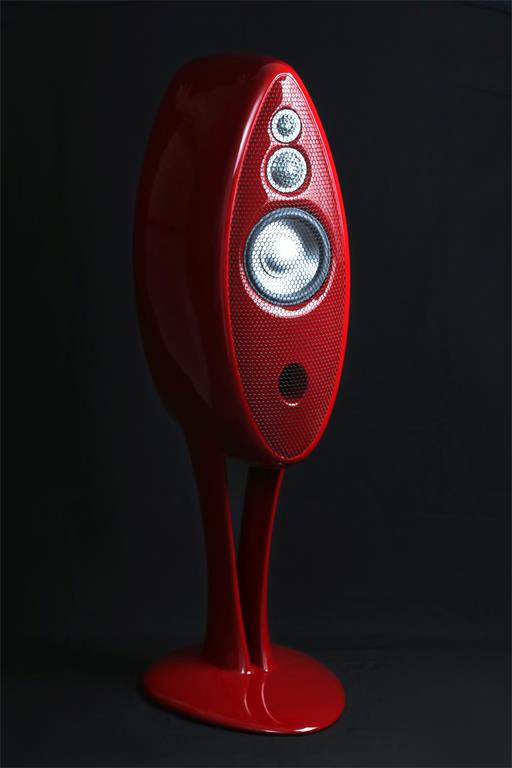
The B1 Decade, launched at the end of 2015, is a Limited Edition, Oval, 3.5-way 4 driver speaker, ported front and back. Being a cross between a stand mount and floor-stander, Vivid have here quite a unique product, though at a full-size price of £18,500, with a limited run of 400; half of them in piano black and the other 200 in the Rosso Red that I review here. Any other colour is available with a premium of an additional £2000. Whilst the product might be financially out of the reach of many audiophiles, its looks could easily be considered as a work of art, or else perhaps a creation of H.R. Giger. Visitors to my house during the review all thought it was like nothing they had ever seen. If only I could have been reviewing the Giya G1; that iconic floor-stander is no less than 1.7 meters high and considerably more expensive. If, though, you consider the B1 Decade as a floor-stander, then that price appears much less daunting. It comes with an attractive magnetically attached metal grille, rather than the cloth type included in the original B1.
With a Frequency range at –6dB from 34 to 36,000Hz and a nominal impedance of 4 ohm, it comprises the D26 1″ (26mm) aluminium alloy dome tweeter (which has its first break up mode much higher at 44,000Hz, making for a very clean sound), D50 2″ (50mm) aluminium alloy dome midrange and two coupled C125d 5″ (125mm) aluminium alloy cones as the front and rear bass drivers. These new drivers have their magnet moved from the rear, as in traditional drivers, to surround the voice coil, improving efficiency and increasing magnetic reluctance around the voice coil, claiming to improve upper frequency performance. The rear woofer operates below 130Hz, whereas the frontal woofer works crosses over with the midrange at around 880Hz. The tweeter and midrange drivers are attached to the aforementioned energy absorbing tapered tubes which in turn are connected at the rear of the speaker enclosure with a single bolt. The front and rear woofers are connected to each other with a thick metal rod, creating a force cancelling effect, holding them together securely and independent of the cabinet, reducing resonances from reaching the cabinet. As a final means of decoupling all of the drivers, a silicone ‘O’ ring is positioned between the drivers and cabinet, ensuring chassis vibrations are not transferred to the cabinet. The unit comes supplied with selection of spikes or rubber feet and cotton gloves, all arriving in two coffin-size boxes. The cabinet itself is designed with no sharp edges or areas for re-radiation of waveforms; just as the curvy 1970’s USA B1 bomber has a ‘radar signature’ just one per cent of that of its more conspicuous predecessor the B-52.
SOUND
Whilst I shouldn’t compare Vivid with B&W, where the latter could have a distinctive “separation” of sound between the drivers making (for me) a less than single-point vertical soundstage, the Vivids have an excellent correlation between the drivers, giving a musical performance that got my interest right from the start. Where the original B1 that I heard many years ago had deficiencies at the extremes, giving a more than slight upper bass and midrange ‘sad face’ waveform, a Decade has given me the chance to turn my own expression into a big smile. That bass end is so much better, with no interaction with the cabinet, giving a tight and extended frequency response.
Kitaro’s “Live in America” is an especially moving and atmospheric performance recorded in 1990. The bass end from the through-ported B1 Decade was exceptionally clear and extended now, with the distant drum beats being crystal clear and the even more distant audience applause giving me a very ambient image of me lying in a field on a star lit evening gazing up at the stars with a bottle of chardonnay whilst listening to the Japanese ensemble performing on flute, drums and Tangerine Dream inspired synthesisers. Recorded at the amazing open-air Fox Theatre in Atlanta, Georgia, I might just as well have been.
The Big Band Spectacular, The Syd Lawrence Orchestra (Chasing the Dragon, Mike Valentine) had power and authority that made me wonder if my Music First passive Baby Reference preamp had a Loudness button hidden inside the autotransformer. Whilst bass oomph was spectacular (and switching to spiked feet from initially listening without spikes or rubber feet brought more accuracy and behaviour in the bass), I did find that it took away some of the tidy ride cymbal rhythms from drummer Dave Tandy. What is noticeable, though, were the clean lines of the brass section, influenced by the low harmonic distortion, quoted at 0.5% for second and third harmonics. Indeed, whilst I found that width of sound was reduced, compared to my choice Wilson Benesch and particularly my Chartwell LS3/5a, the amount of detail drawn out is exceptional. The rear bass enabled the music to fill the room, though could sometimes interfere with precise instrument placements, but moving the speaker forward from the wall did improve things somewhat. Where I was perhaps apprehensive about reviewing Vivid in the past due to that upper-bass emphasis, the amount of improvement in all aspects of sound and enjoyment level warranted the 50% price increase on the original B1. This was far better than I could have imagined. Bass was excellent, and detail from the aluminium drivers was as polished as the metal fronted drivers themselves.
Sibelius Symphony No 5 (Berliner Philharmoniker, 24/192) was very engaging and showed the originality of this composer that Sir Simon Rattle so brilliantly shows off in anything he conducts. This set of recordings was made to celebrate the 150th year since Jean was born. The positional space between instruments was clearly defined and each phrase of music was allowed to breathe, giving a truly musical encounter into the austere Nordic folklore it portrayed, and I felt close to audio Valhalla. Whilst this recording itself has a significant mid-range emphasis, the Vivid speaker was careful not to make it OTT.
Moving to Wagner Preludes and Overtures (The Netherlands Philharmonic Orchestra Kriezberg 24/192) and the ‘Rienzi Overture’ the Vivid’s gave all they could from the quiet recessed start to the emotion and build up in various points during this very flamboyant piece. The B1 Decade sounded quite forgiving as well as a determined speaker when needed, particularly at the end of the piece. Where Wagner could often give me a headache, I found the Vivid was accurate and entertaining and I just wanted to keep listen, which is always a good sign.
As a final test Bach BWV565 Toccata and Fugue in D minor (Helmut Walcha, Archiv 2565 002) is an excellent recording, and the bass pedal ‘D’ at 33Hz showed no signs of lacking. Very impressive!!
Turning to Muse Drones, the power and determination of ‘Dead Inside’ gave these speakers a chance to show their meat and their delicate precision at the same time. These speakers were carefully worked out to offer an accurate and entertaining musical expedition that on most speakers is hard to get this good.
CONCLUSION
£18,500 is never going to be a cheap price for any pair of speakers, but considering that you get many hours of craftsmanship, good looks, and design philosophy and heritage, plus a fully detailed soundstage from lows to highs, then this makes the B1 Decade even more special.
With distinctive looks this is a fully fledged and great sounding limited edition. Ten years have given Dickie time to learn considerably more about speakers, and the Decade owes much of its design to the Giya and is therefore a big improvement on its predecessor. With that in mind, the B1 Decade is not so expensive after all.
Build Quality: Beautiful solid build quality and looks to kill for
Sound Quality: Accurate, full frequency sound with excellent bass
Value For Money: At £18,500 this is not a basement price offering, but bearing in mind the heritage and intense design philosophy, the full-band detailed soundstage that is not attainable without serious outlay. And this is a limited edition of just 400 pairs.
Pros:
Excellent bass
Detailed soundstage covering all frequencies accurately
Effortless musicality
Cons:
Looks might be too advanced for some square-box-loving audiophiles
Price: £18500
Janine Elliot
SPECIFICATIONS
Nominal impedance: 4Ω
Frequency range (Hz): 6dB points: 34 – 36,000Hz
Frequency response: 38 – 33,000Hz +/- 2dB on reference axis
Harmonic distortion: < 0.5% over frequency range (2nd and 3rd harmonics)
Cross over frequencies: (Hz) 130, 900, 3500
Power handling (music program): 300 watts rms
Loudspeaker dimensions: 1095mm (H) x 265mm (W) x 375mm (D); Base: 420mm (D)
Net weight: 36kg.

















































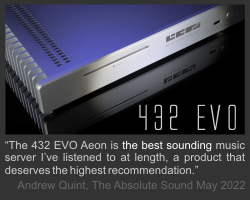

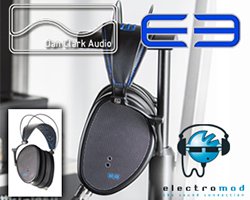
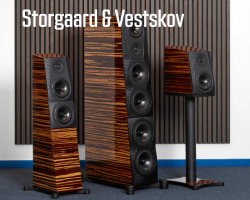



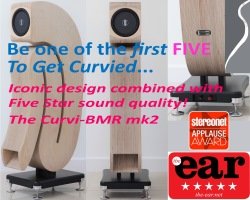


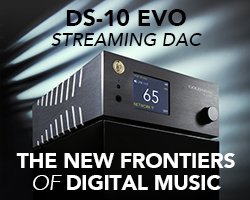





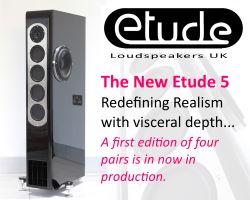

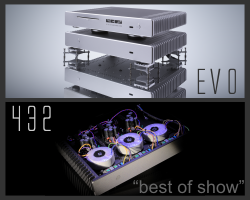

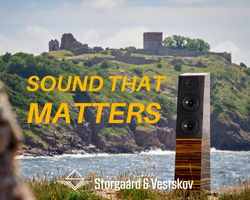
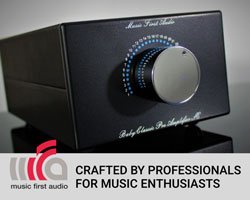












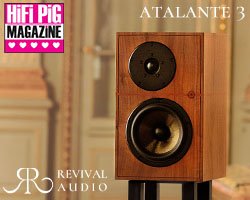

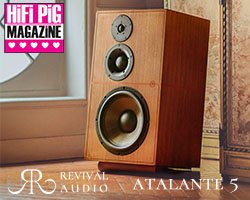



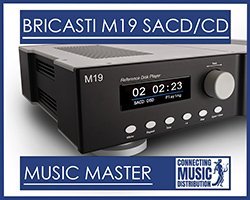
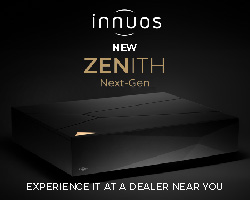


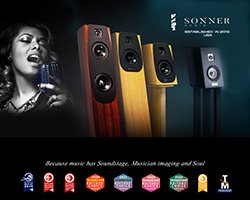








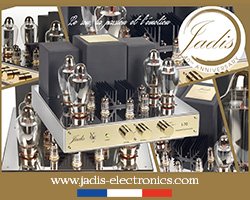
















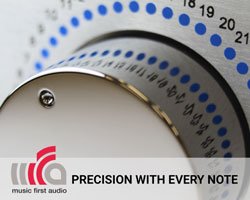

















































You must be logged in to leave a reply.